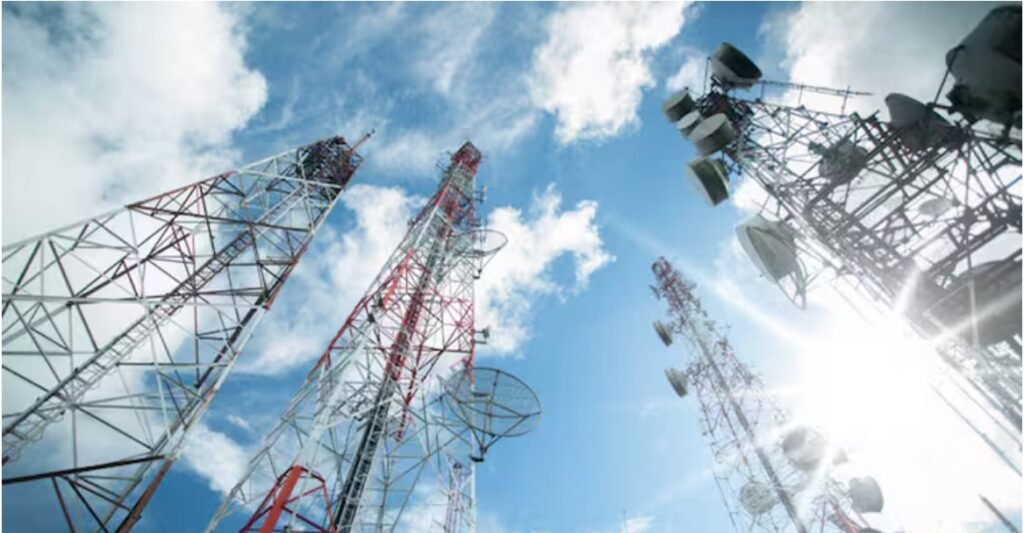TechRozana by Avneep garg
Introduction
In a significant move for the Indian telecom sector, leading telecom operators have made a strong plea to the government to reconsider the current license fee structure, particularly the Universal Service Obligation (USO) fee. The Cellular Operators Association of India (COAI), which represents major players like Reliance Jio, Bharti Airtel, and Vodafone Idea, has urged for a drastic reduction of the fee from 8% of Adjusted Gross Revenue (AGR) to a more manageable 0.5-1%. This change aims to enhance the industry’s capacity for technological upgrades and expand network services across the country.
Current License Fee Structure
The existing model, which mandates telecom companies to pay a hefty 8% of their AGR, includes a 3% license fee and a 5% USO fee. The latter is intended to support connectivity in underserved areas. COAI argues that this structure, rooted in the National Telecom Policy of 1994, is outdated, especially since spectrum is now auctioned separately, starting from 2012. This financial burden is likened to paying rent on a property that has already been purchased, presenting a significant challenge for telecom operators who have invested heavily in acquiring spectrum rights.
Impact on Telecom Investments
Telecom companies have poured in over $4.8 trillion into spectrum acquisition and more than $3 trillion into establishing 5G networks since October 2022. The current AGR-related charges, combined with GST and corporate taxes, have constrained their ability to reinvest in network enhancements and new technologies. COAI emphasizes that reducing the license fees would allow these operators to reinvest profits back into improving infrastructure and expanding services, particularly in rural and remote regions, thereby fostering digital inclusion.
Call for Policy Revision
COAI’s proposal to the government is clear: the license fee should only reflect the cost of administering licenses, ideally set between 0.5-1%. This adjustment would provide much-needed financial relief to operators, enabling them to allocate more resources toward enhancing customer experience and meeting growing digital demands. The organization points out that the growth of the telecom sector has a ripple effect on the overall economy, driving GDP growth and improving the quality of life for millions.
Conclusion
The request from India’s telecom operators highlights the pressing need for a review of the existing AGR-related fees. As the sector continues to evolve, aligning regulatory frameworks with current market realities is crucial for sustaining growth and innovation. By taking action on this matter, the government can empower telecom companies to better serve the nation, ensuring that digital connectivity becomes increasingly accessible for all.

Visit TechRozana for more tech Updates.


